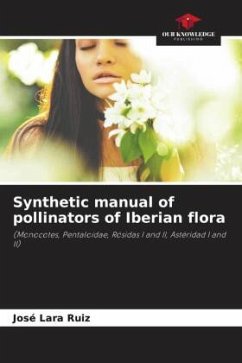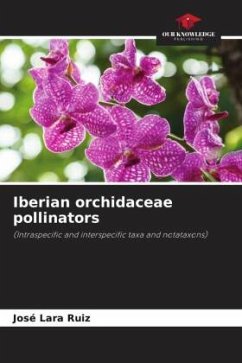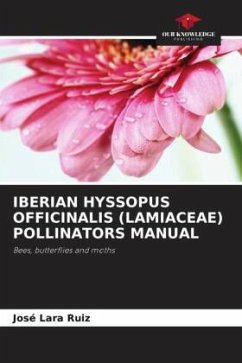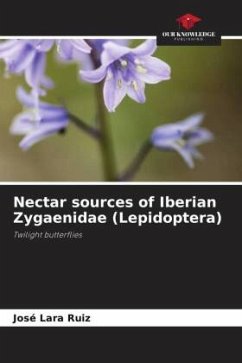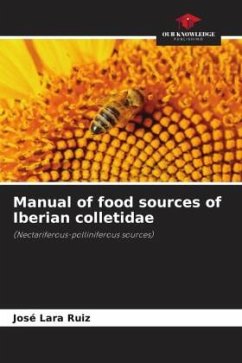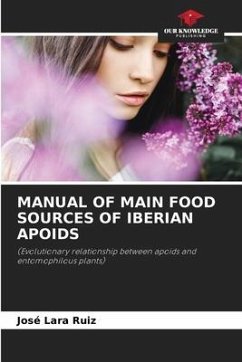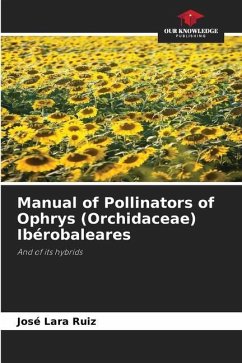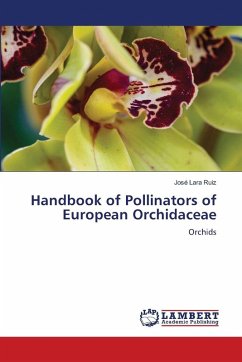
Iberian Flora Pollinators Guide
(Bees, bumblebees, flies, butterflies, moths, beetles, thrips)
Versandkostenfrei!
Versandfertig in 6-10 Tagen
56,99 €
inkl. MwSt.

PAYBACK Punkte
28 °P sammeln!
Plants, unlike insects, cannot move. Therefore, in sexual reproduction they cannot choose their partner. But, like any living being, they need to reproduce, mainly through cross-fertilization, to maintain the genetic diversity of their populations, a guarantee of success in adapting to the changing conditions of the environment. That is, flowering plants (Angiosperms) use pollination - through pollinators - to carry out sexual reproduction and make genetic recombination possible during the meiotic phase of cell division, when chromosomes are duplicated in metaphase and recombine in the formati...
Plants, unlike insects, cannot move. Therefore, in sexual reproduction they cannot choose their partner. But, like any living being, they need to reproduce, mainly through cross-fertilization, to maintain the genetic diversity of their populations, a guarantee of success in adapting to the changing conditions of the environment. That is, flowering plants (Angiosperms) use pollination - through pollinators - to carry out sexual reproduction and make genetic recombination possible during the meiotic phase of cell division, when chromosomes are duplicated in metaphase and recombine in the formation of male sexual cells or gametes (gametogenesis) (pollen grains) and female gametes (ovules), which fuse their chromosomes in fertilization. Thus, one of the great scenarios of natural life in any terrestrial ecosystem is pollination: a highly complex network of plant-pollinator interactions.



